Mangu recipe, step into the heart of Dominican cuisine with Mangu, a beloved dish that holds a special place on every Dominican table. Born from the humble plantain, Mangu is a comforting, savory mash that embodies the essence of Dominican hospitality and culinary creativity. In this culinary journey, we’ll delve into the recipe for Mangu, unraveling the essential ingredients, the meticulous preparation, and the cultural significance that make this dish an iconic part of Dominican gastronomy.
Understanding Mangu: A Plantain Symphony on the Plate:
Mangu is more than just a dish; it’s a cultural emblem that reflects the Dominican Republic’s agricultural bounty and the resourcefulness of its people. At its core, Mangu is a savory mash made from green plantains, typically served as a breakfast staple but enjoyed at any time of day. The preparation involves boiling green plantains to a soft, mashable consistency, followed by mashing and blending with various accompaniments. The result is a creamy, flavorful delight that pairs harmoniously with a variety of savory toppings.
Ingredients for Dominican Mangu:
Mangu celebrates simplicity, relying on a handful of key ingredients that transform the unassuming green plantain into a culinary masterpiece.
- Green Plantains: 4 to 5, peeled and cut into chunks. Choose firm, green plantains for the ideal texture.
- Salt: 1 tablespoon, for boiling the plantains and seasoning the mash.
- Red Onion: 1 medium-sized, thinly sliced. Adds a sweet and crunchy topping.
- Queso Frito (Fried Cheese): 1 cup, sliced. A common topping for Mangu, offering a savory and salty element.
- Salami: 1 cup, thinly sliced. A traditional protein topping that contributes a flavorful and hearty touch.
- Aguacate (Avocado): 1, sliced. Provides a creamy and buttery contrast to the savory mash.
- Olive Oil: 2 tablespoons. Used for drizzling over the Mangu for added richness.
Preparation: Crafting the Perfect Dominican Mangu:
Creating the perfect Mangu involves a sequence of steps, from boiling the plantains to mashing and blending with flavorful accompaniments. Let’s embark on the step-by-step journey to craft this Dominican culinary gem.
Step 1: Peel and Cut the Plantains:
- Select Green Plantains: Choose firm, green plantains for the ideal texture. Ripe plantains will result in a sweeter mash.
- Peel and Cut: Peel the plantains and cut them into evenly sized chunks. This ensures even cooking.
Step 2: Boil the Plantains:
- Boil in Salted Water: In a large pot, bring water to a boil and add 1 tablespoon of salt. Carefully place the plantain chunks into the boiling water.
- Cook Until Tender: Boil the plantains until they are fork-tender, which usually takes about 15-20 minutes. Test for doneness by piercing a plantain chunk with a fork; it should go through easily.
Step 3: Mash the Plantains:
- Drain and Reserve Liquid: Once the plantains are tender, drain the water, reserving a small amount for adjusting the consistency later.
- Mash the Plantains: Using a potato masher or the back of a fork, mash the plantains until smooth and creamy. Add a bit of the reserved liquid if needed to achieve the desired consistency.
Step 4: Blend with Accompaniments:
- Incorporate Salt: Season the mashed plantains with additional salt to taste. The amount may vary depending on personal preference.
- Blend with Olive Oil: Drizzle olive oil over the mashed plantains and blend well. This adds a rich and silky texture to the Mangu.
Step 5: Serve with Toppings:
- Plate the Mangu: Spoon the mashed plantains onto serving plates, creating a smooth base.
- Top with Sliced Queso Frito: Arrange slices of queso frito over the Mangu. The fried cheese adds a savory and salty layer.
- Add Sliced Salami: Scatter sliced salami over the Mangu for a hearty and flavorful protein topping.
- Garnish with Red Onion: Sprinkle thinly sliced red onion over the Mangu, adding a sweet and crunchy element.
- Slice Avocado and Serve: Finally, slice ripe avocado and arrange it alongside the Mangu. The creamy avocado offers a cool and buttery contrast to the savory mash.
Tips for Perfect Dominican Mangu:
- Choosing Green Plantains:
- Firm Texture: Select firm, green plantains for the ideal texture. Ripe plantains will result in a sweeter mash.
- Evenly Sized Plantain Chunks:
- Uniform Cooking: Cut the plantains into evenly sized chunks for uniform cooking. This ensures that all pieces reach the desired tenderness simultaneously.
- Testing for Doneness:
- Fork Test: Pierce a plantain chunk with a fork to test for doneness. It should go through easily when the plantains are tender.
- Reserving Cooking Liquid:
- Adjusting Consistency: Reserve a small amount of the cooking liquid to adjust the consistency of the mashed plantains if needed.
- Mashing to Desired Consistency:
- Smooth and Creamy: Mash the plantains until they are smooth and creamy. Add reserved cooking liquid as necessary to achieve the desired texture.
- Seasoning with Salt:
- Balancing Flavor: Season the mashed plantains with salt to taste. The amount may vary based on personal preference.
- Drizzling Olive Oil:
- Silky Texture: Drizzle olive oil over the mashed plantains and blend well. This adds a rich and silky texture to the Mangu.
- Arranging Toppings:
- Aesthetic Presentation: Arrange the toppings—queso frito, salami, red onion, and avocado—artfully on top of the Mangu for an appealing presentation.
- Customizing Toppings:
- Personal Preferences: Feel free to customize the toppings based on personal preferences. Some variations include fried eggs, pickled onions, or Dominican white cheese.
Conclusion: Savoring the Dominican Republic with Mangu:
In conclusion, Mangu invites you to savor the simplicity, comfort, and cultural richness that define Dominican culinary tradition. From the creamy plantain mash to the savory toppings, each bite is a celebration of the Dominican Republic’s agricultural abundance and the artistry of its people.
As you embark on your own culinary adventure to create Mangu, relish in the boiling process, the mashing of plantains, and the joy of serving a dish that encapsulates the warmth of shared meals and the cultural richness of the Dominican Republic. Whether enjoyed for breakfast, lunch, or dinner, Mangu brings the spirit of Dominican hospitality to your table. So, gather your ingredients, immerse yourself in the delightful experience of crafting and savoring a plate of Mangu—one that captures the essence of Dominican culinary excellence.


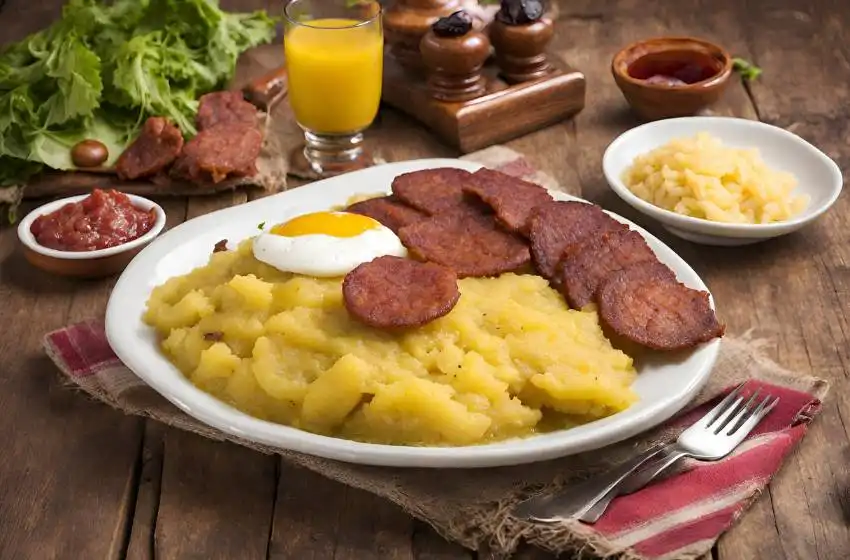

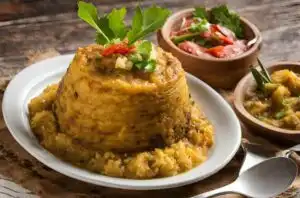

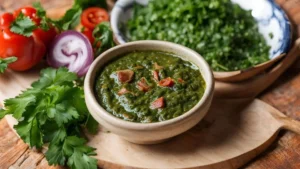
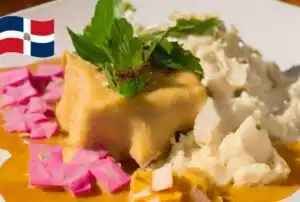

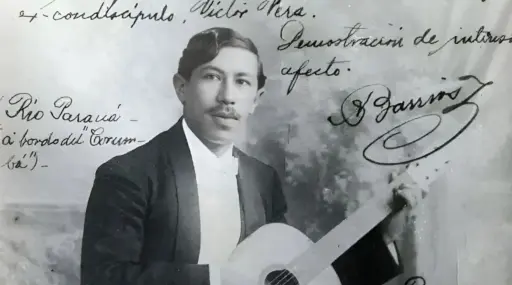





















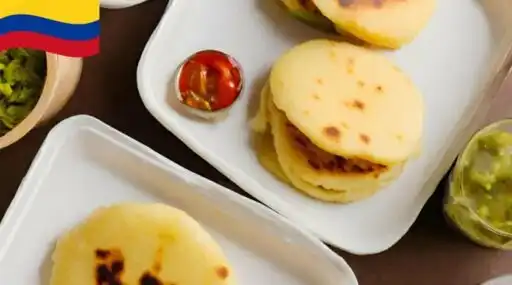
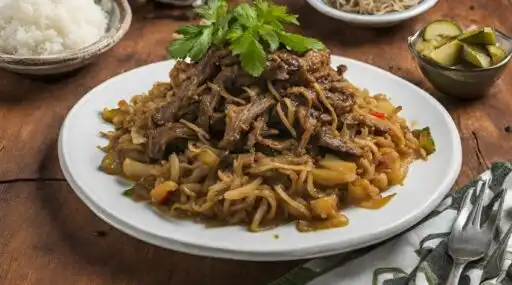



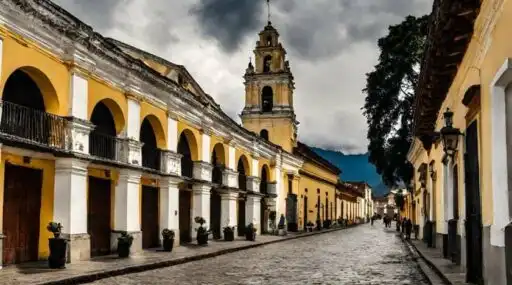

Leave a Reply